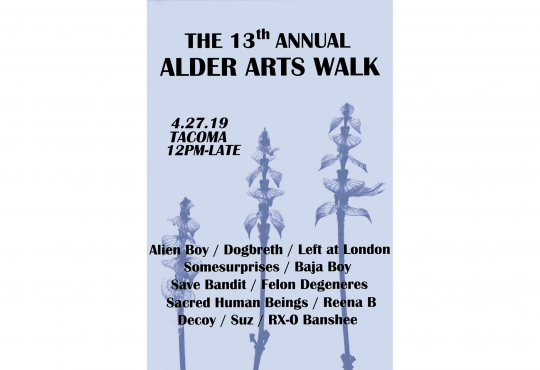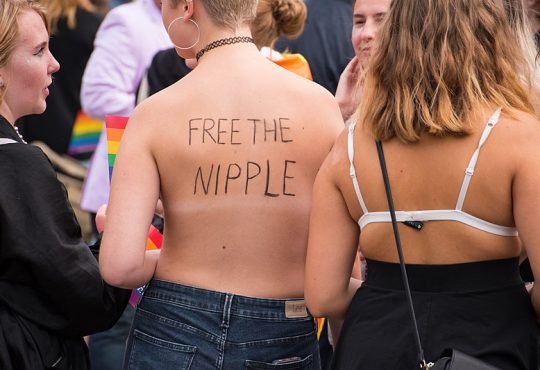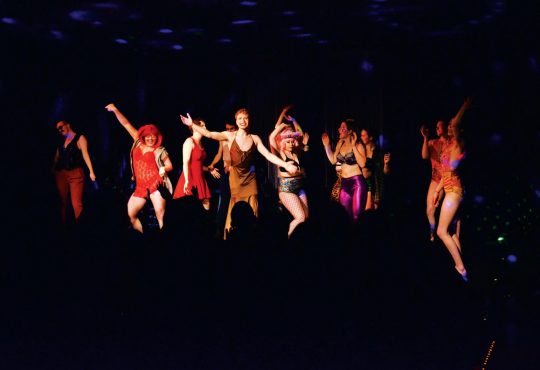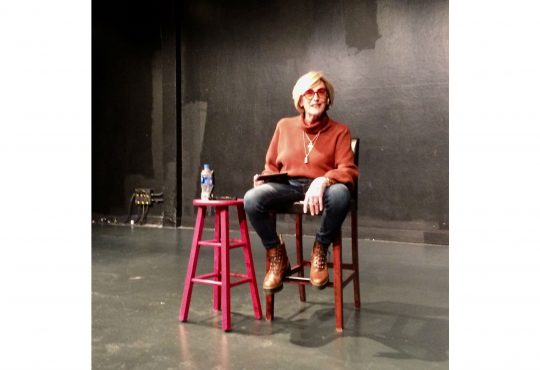In his most recent performance-art project, Heather Cassils spent 20 minutes attacking a 2,000lb clay sculpture in the darkness with only the occasional flash of a camera to illuminate his work. The piece, which was recently named as the winner of a 2013 MOTHA (Museum of Transgender Hirstory & Art) Art Award, was meant, amongst other things, to draw attention to the disproportionate levels of physical violence experienced by trans* and genderqueer people worldwide.
Cassils uses extreme physical training to shape the body, much like he shaped the sculpture with his blows, in such a way that challenges typical notions of binary gender and frames trans* experience as a continual becoming rather than a black-and-white sexual crossover.
In a 2012 interview with KPCC Radio, Cassils said that, “I wish to take up a space that allows for indeterminacy, for slipperiness.” The concern that Cassils expresses about the violence, both physical and structural, experienced by transgender individuals is being echoed by a multitude of voices.
Writers, models, bloggers and actors are filled with righteous anger about the cissexism, transphobia and blatant ignorance that exists in every aspect of our society.
In recent months, there has been an upswing in visibility for transgender artists and art in the mainstream media, but with that visibility often comes, unfortunately, a similar increased visibility of the ignorance and insensitivity of mainstream journalists.
In Katie Couric’s recent interview of successful trans* women—model Carmen Carrera and actor Laverne Cox—Couric posed invasive questions about their genitalia as a matter of education. Instead of dignifying these offensive questions with answers, the women chose instead to call out Couric and bring attention to the more important issues of marginalization and injustice. Cox, in addition to mentioning the recent murder of 21-year-old trans* woman Islan Nettles, asserted that, “by focusing on bodies we don’t focus on the lived realities of that oppression and that discrimination.”
Piers Morgan, while interviewing author Janet Mock about her new book, Redefining Realness, blatantly insulted her identity by putting undue emphasis on her transition rather than addressing her actual accomplishments as an award-winning, trans* woman of color. Once again, she pushed back with intelligence and grace, correcting Morgan and reminding him that just because he is mainstream does not mean he is always right.
Not all representations of transgender artists in recent months have been misguided, though. Barneys New York is currently running an ad campaign that exclusively features trans* models. In an interview with Huffpost Live, three of the models spoke about their experience with the photo shoot, and praised Bruce Weber for actually listening to their lived experiences, not mis-gendering, and bringing awareness and support to trans* models in a very real way.
Model Sawyer DeVuyst said that, “I’m sure after this a bunch of us will be approached because it’s on trend…people are going to pick up on the fact that…we are no different than any other model who goes in to a casting.”
The increase in visibility for the transgender community will be carried even further by the sixth annual International Transgender Day of Visibility, which will take place on Mar. 31. This day is an opportunity to celebrate trans* identity, tear down transphobia and spread knowledge and awareness.
Zackary Drucker, another genderqueer performance artist, summed up the issue of representation in the media well when they said, “Transgender artists are sort of underrepresented in art history and there’s only a handful I can think of. If there is no precedent, if there are no presentations…then you have to start somewhere.”





